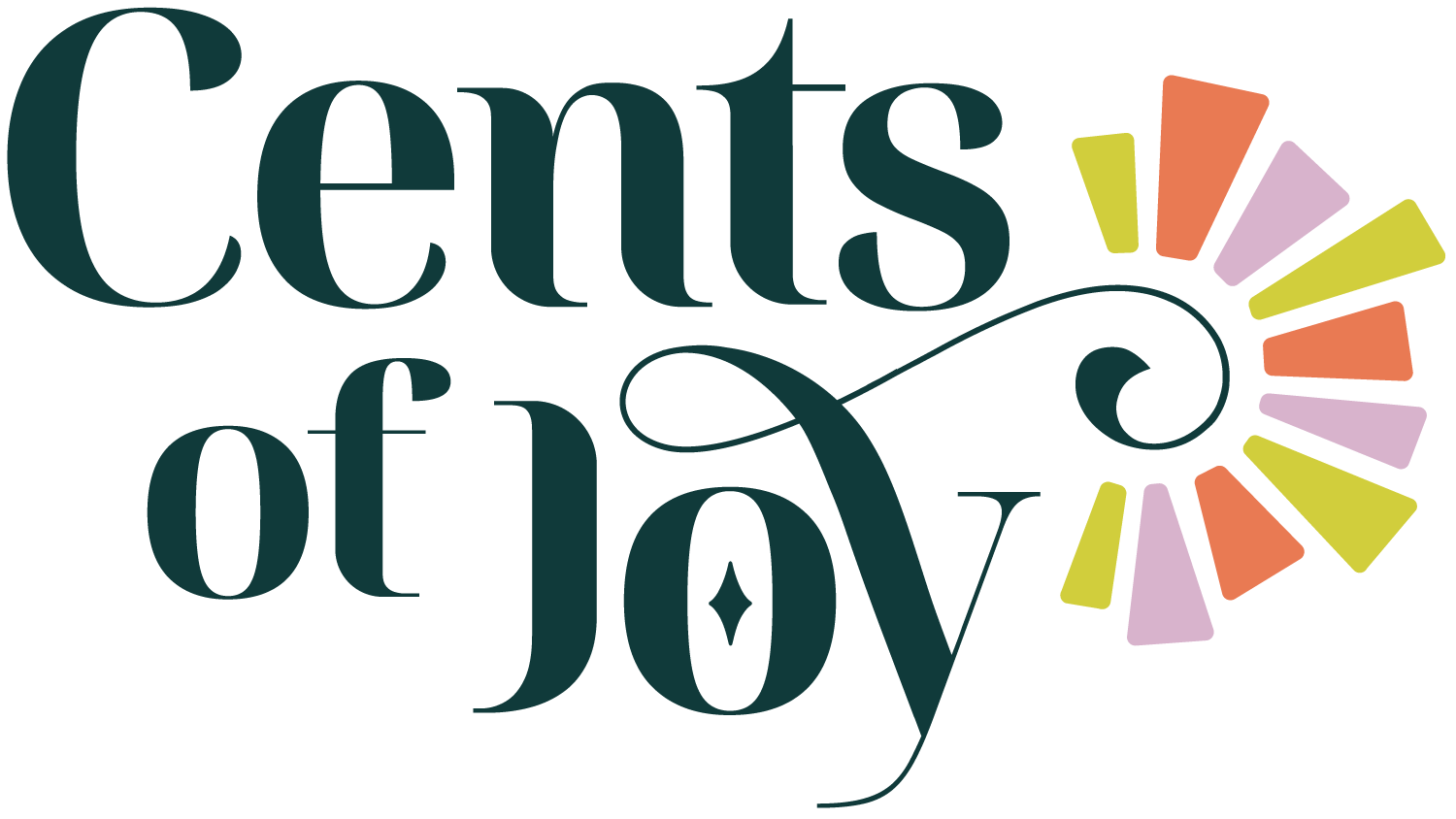A Guided Year-End Financial Reflection (With No Numbers!)
The fall feels like a natural time to go inward and reflect on the year that is drawing to a close. As financial planners, we typically conduct year-end reviews with clients where we calculate and share various numbers such as your year-over-year net worth increase, investment returns, and savings rate.
While those metrics have their place, they don’t tell the whole story. They don't allow us to reflect on the human side of our financial lives. Your net worth may be up or down, but did your spending bring you joy? Did you make changes that you are proud of? Did you experience a setback that taught you something valuable?
This is an invitation to do a different kind of review: A guided reflection to help you connect your money to your life in a more meaningful way.
So grab a pen and paper, or cozy up to your keyboard, pour yourself some tea, and let’s dive in!
Part 1: Identify Your "Return on Happiness"
Think back over the past year and identify three to five moments or purchases where your money delivered an exceptionally high "return on happiness." This isn't about the price tag; it's about the joy, connection, or meaning it brought you
What was the experience? Was it a trip, a class, a special meal, a gift you gave, or even a simple daily ritual?
What made it so meaningful? Did it connect you with people you love? Did it align with a core value? Did it bring you a sense of peace or adventure?
Set a timer for 10-15 minutes (or more) and write freely.
Now, look at the moments you listed. What are some common themes? Did your most joyful moments involve connection? Learning? Adventure? Quiet solitude? Write down any observations, patterns, or overlap you notice.
Part 2: Get Curious About a Financial Habit
Now, let's look at the other side. Think of one recurring financial behavior from this year that you'd like to understand better. Perhaps one that doesn’t bring you a lot of joy. This could be anything from your daily coffee habit to an unused subscription or a tendency to impulse shop online.
Describe the habit without judgment. What is it? When does it happen?
Set a timer for 10-15 minutes (or more) and write freely.
Review what you wrote and ask with curiosity: What need is this meeting? Often, our habits are attempts to find comfort, convenience, connection, or relief from stress. What's the underlying feeling that triggers this action? Once you know the need you're trying to meet, brainstorm one other way you could address that feeling that might feel better in the long run. Write down your ideas.
This isn't about forcing change through guilt. It's about building self-awareness so you can find more effective ways to better align your money with your values.
Part 3: Choose Your Financial Intention for Next Year
Based on your reflections, let's set an intention for the year ahead. Instead of an arbitrary goal (like “save $5K”), let's choose a single intention or theme to serve as a guiding star for your financial decisions.
What word or phrase captures the feeling you want to cultivate? Examples could be: "Peace of Mind," "Adventure," "Learning," "Generosity," "Simplicity," or "Connection."
What would that theme look like in practice? If your theme is "Adventure," what's one small trip you could start planning for? If it's "Simplicity," what's one subscription you could cancel this week?
Write it down. My financial intention for 2026 is:
This theme becomes your filter. When a financial choice comes up, you can ask, "Does this align with my intention?"
I’d love to hear your intentions and what arose for you during this reflection. Please feel free to email me hello@centsofjoy.com or grab time on my calendar here.
